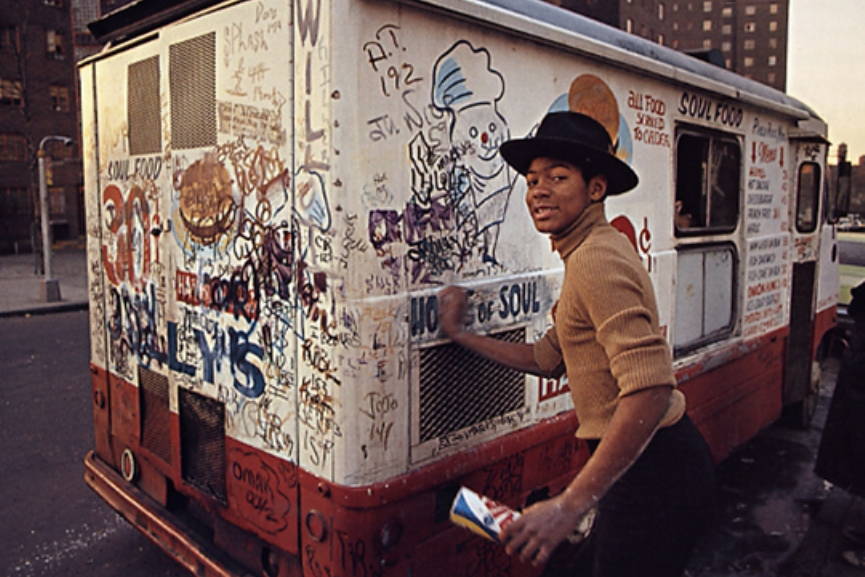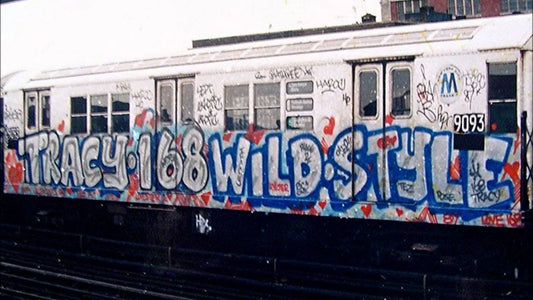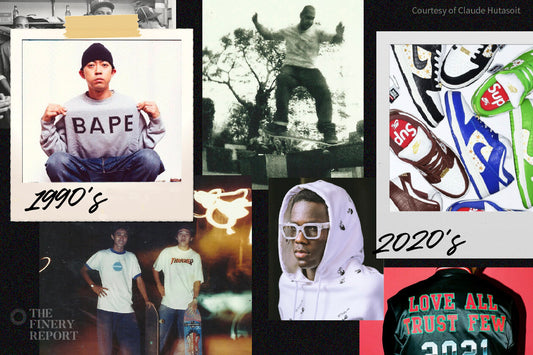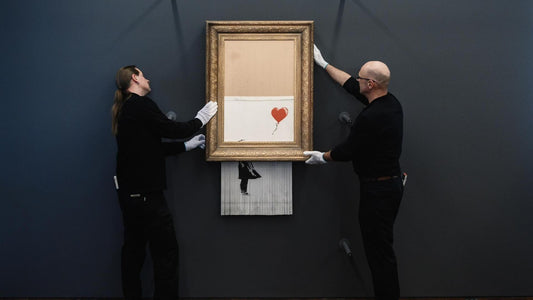Street art has been an integral part of urban culture for centuries. From prehistoric cave paintings to modern-day murals, it has taken many forms and served a variety of purposes. In this post, we'll explore the evolution of street art and its significance in the art world today.
Historically, street art has been used as a means of political expression and social commentary. During the Mexican Revolution, for example, murals were used to promote nationalism and social justice. Similarly, during the 1960s and 70s, graffiti was used by disenfranchised communities in New York City to express their frustrations with the political and social systems that oppressed them.

Over the years, street art has evolved and expanded to include a wide range of styles and techniques. Today, it encompasses everything from large-scale murals to tiny stickers, and can be found in cities around the world. While it is still used as a means of political and social commentary, it has also become a popular form of self-expression and a way for artists to make a living.
One of the most famous street artists of all time is Banksy. This anonymous artist has gained international acclaim for his politically charged stencils and murals. His work can be found on walls and buildings all over the world, and has sold for millions of dollars at auction.
Another well-known street artist is Shepard Fairey, who is perhaps best known for his "Hope" poster of Barack Obama, which became an iconic image during the 2008 US presidential campaign. Fairey's work often features political and social themes, and can be found on buildings and billboards around the world.
In recent years, street art has become more mainstream, with major brands and corporations commissioning artists to create murals and installations for their campaigns. While some argue that this commercialization detracts from the authenticity and message of street art, others see it as a sign of its growing influence and importance in the art world.
Overall, street art continues to evolve and shape the urban landscape, providing a platform for artists to express themselves and comment on the world around them.




